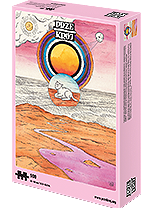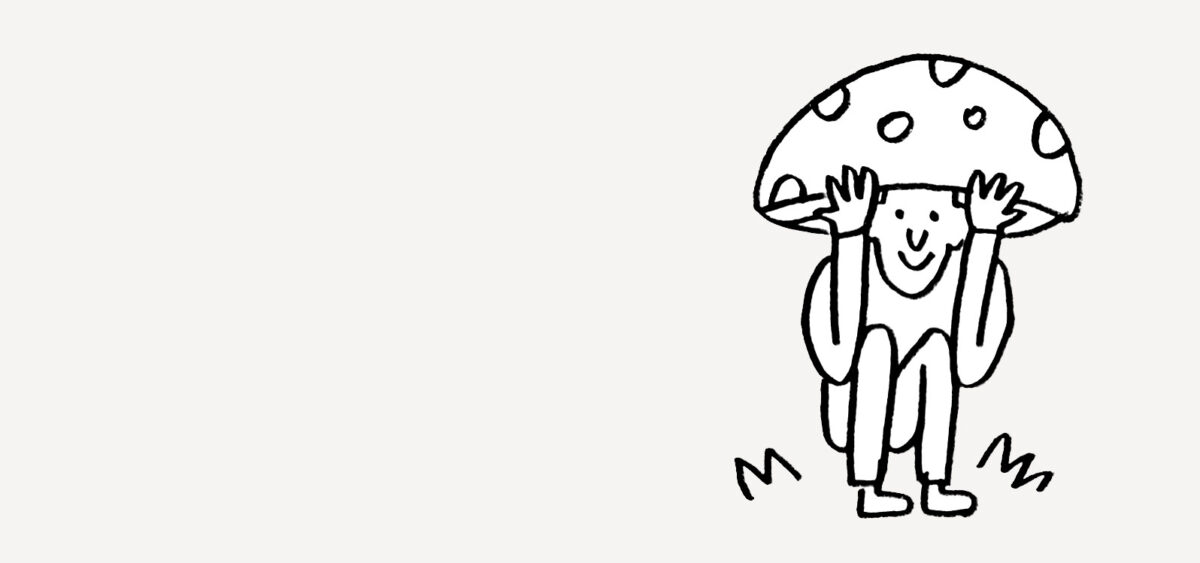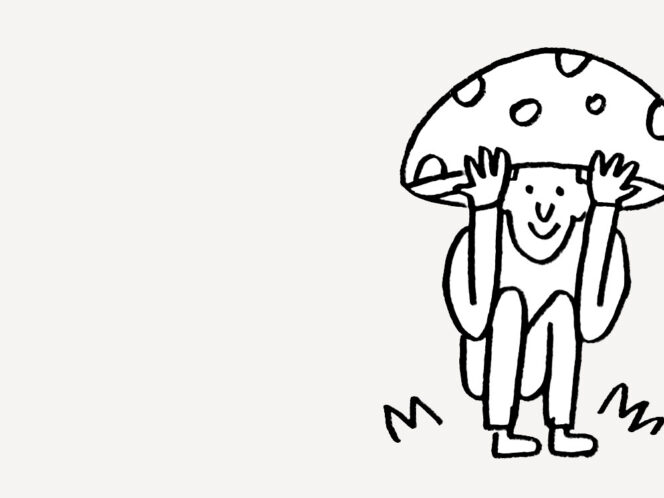
Homemade yeast or avocado grown from the stone? How banal and boring! Now, with a bit of will and a stroke of luck, we can have homegrown . . . edible mushrooms. It might just work!
Growing tomatoes on the balcony and basil in the kitchen isn’t enough for some. With a bit of effort, enthusiasts of home-farming can ensure they have a constant supply of mushrooms.
For the past few weeks, my partner has been asking me to get some oyster mushrooms at the supermarket. Unfortunately, although closed cup mushrooms are always available—whole or sliced—there’s no sign of oyster mushrooms. It turns out that in such a situation, it is easier to grow them yourself.
“Amateur mushroom growing in basements, bathrooms and on balconies is increasingly frequent,” admits Julia Pawłowska from the Department of Molecular Phylogenetics and






